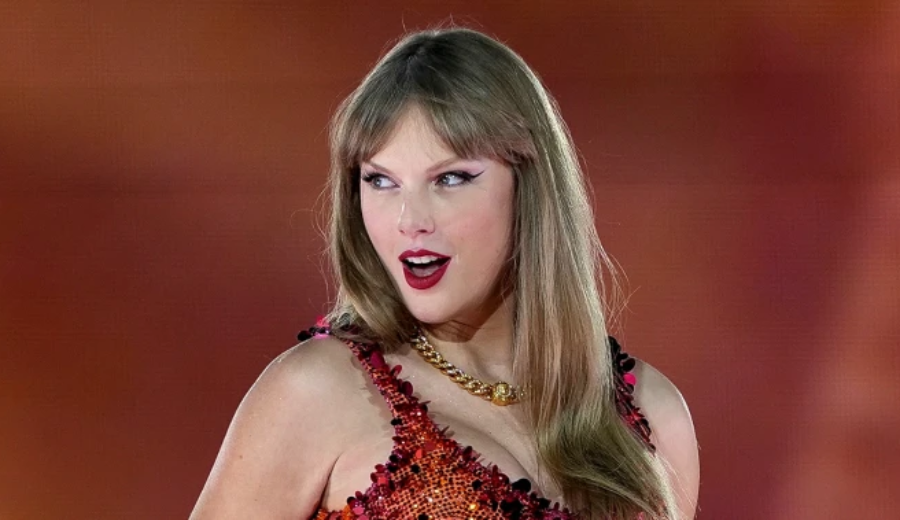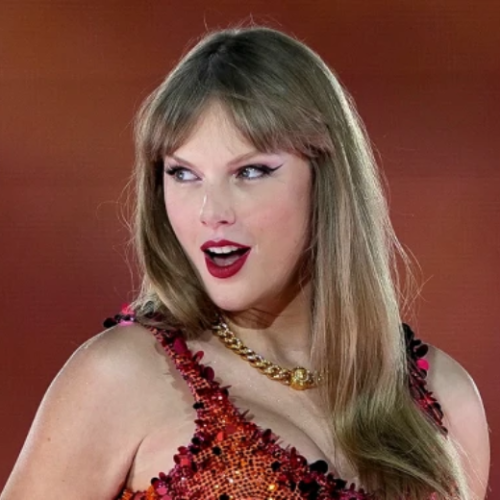The U.S. Consumer Price Index (CPI) rose by 2.3% in April 2025 compared to a year earlier, marking the lowest annual inflation rate since February 2021. On a monthly basis, prices increased by 0.2%, slightly below economists’ expectations of a 0.3% rise.
This moderation in inflation comes despite recent tariff increases, including a 145% tariff on Chinese imports and 25% tariffs on autos, steel, and aluminum. Economists suggest that the full impact of these tariffs has yet to materialize, as businesses had stockpiled goods in anticipation of higher costs.
Key Highlights:
Core Inflation: Excluding food and energy, core CPI rose by 0.2% in April and 2.8% over the past 12 months. Shelter costs increased by 0.3% for the month and 4.0% year-over-year.
Food Prices: The food index decreased by 0.1% in April, with the food at home category falling 0.4%, the largest decline since September 2020. Notably, egg prices dropped by 12.7% during the month.
Energy Costs: The energy index increased by 0.7% in April, driven by a 3.7% rise in natural gas prices and a 0.8% increase in electricity costs. Gasoline prices decreased by 0.1% over the month.
Market and Policy Implications:
The unexpected cooling of inflation has led to mixed reactions in financial markets. While the S&P 500 and Nasdaq experienced modest gains, the Dow Jones Industrial Average slipped slightly.
President Trump has urged the Federal Reserve to cut interest rates in response to the lower inflation figures. However, the Fed has maintained its current policy stance, citing ongoing uncertainties related to trade policies and potential inflationary pressures from tariffs.
















